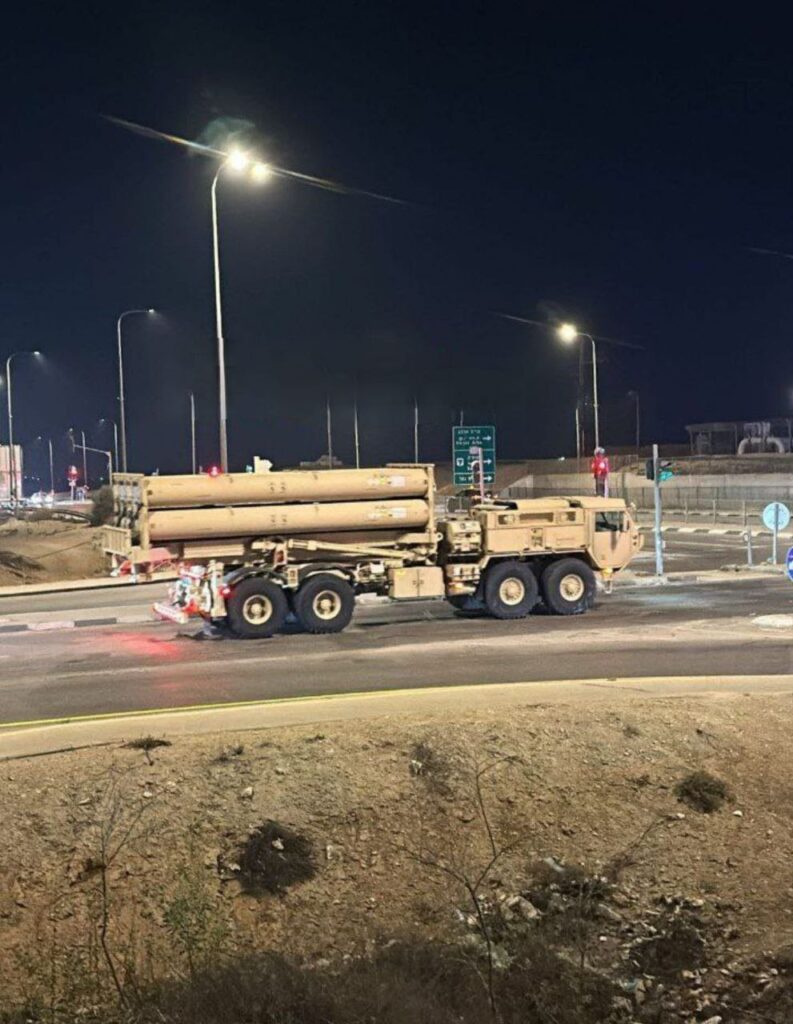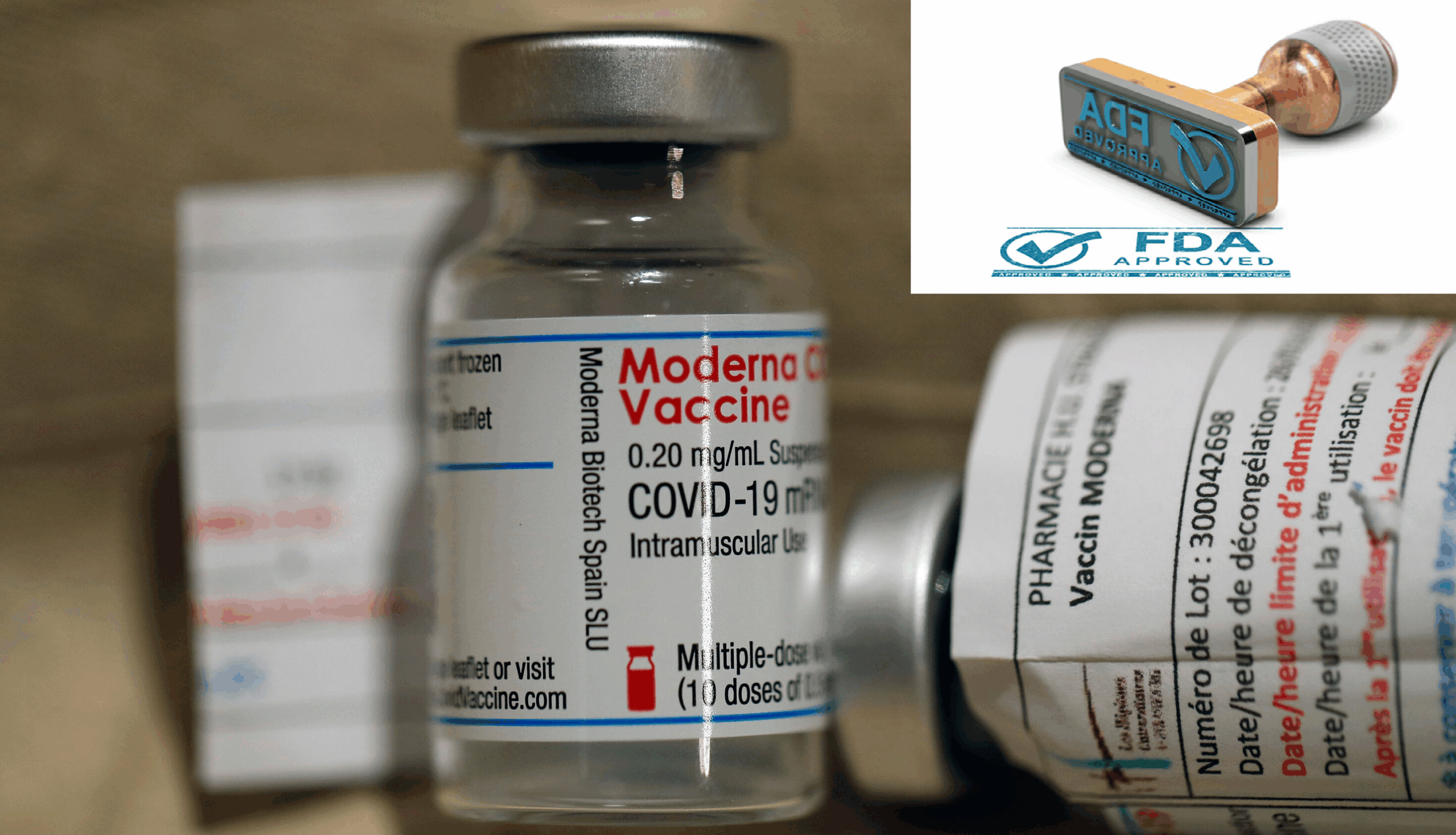Increased military presence raises concerns as regional tensions escalate.
THAAD Batteries and U.S. Soldiers On the Move
Tonight, several THAAD (Terminal High Altitude Area Defense) battery launchers were spotted moving near the city of Beersheba in southern Israel. Alongside these missile systems, U.S. soldiers were also observed in the area. This movement comes amidst growing concerns about regional security and potential conflicts in the Middle East.
What is THAAD?
THAAD is a sophisticated missile defense system designed to intercept and destroy short, medium, and intermediate-range ballistic missiles. It uses advanced radar to detect and track incoming threats, launching interceptors to destroy missiles in their terminal phase. THAAD is crucial for defending against missile attacks, especially in high-risk areas like the Middle East.

Why Beersheba?
Beersheba is located in southern Israel, a region that has experienced increased military activity. The city’s strategic location places it close to conflict zones, including Gaza and the Sinai Peninsula. By positioning THAAD batteries near Beersheba, military planners are preparing for potential missile threats from Yemen.
U.S. Involvement
The presence of U.S. soldiers alongside THAAD launchers signals active American involvement in Israeli defense operations. The U.S. and Israel share strong military ties, and the deployment of U.S. forces in the region is not unusual. However, this movement of troops and equipment suggests heightened readiness for conflict. The U.S. military likely sees this deployment as a way to bolster Israel’s defense capabilities against growing threats in the region.
Regional Tensions on the Rise
The Middle East is experiencing rising tensions, particularly with the ongoing Israel-Hamas conflict and concerns about Iran’s influence. The recent escalation in Gaza has increased the likelihood of missile attacks on Israeli cities, making missile defense systems like THAAD more critical. Iran, which supports various militant groups in the region, could also be a factor in the U.S. decision to strengthen Israel’s missile defense.
Implications of the Deployment
The movement of THAAD systems near Beersheba suggests that Israel and its allies are taking proactive measures. The region faces multiple threats, including from Hamas and Iranian-backed forces. By deploying THAAD, military planners aim to protect key areas in southern Israel, including civilian populations and critical infrastructure. This deployment also serves as a deterrent, showing adversaries that Israel is prepared for missile strikes.
Global Reactions and Potential Escalation
The presence of U.S. soldiers and advanced missile systems could further escalate tensions in the region. Other countries, including Iran and its allies, might view this deployment as an aggressive move. While the U.S. and Israel likely see this as a defensive measure, it could trigger retaliatory actions from adversaries. As a result, the risk of a larger regional conflict may increase.
Conclusion
The sighting of THAAD missile batteries and U.S. soldiers near Beersheba raises important questions about the current state of security in southern Israel. With tensions rising across the Middle East, the deployment of advanced missile defense systems could be a sign of looming conflict. The region’s fragile balance remains under constant threat, and further military movements may follow in the days to come.




